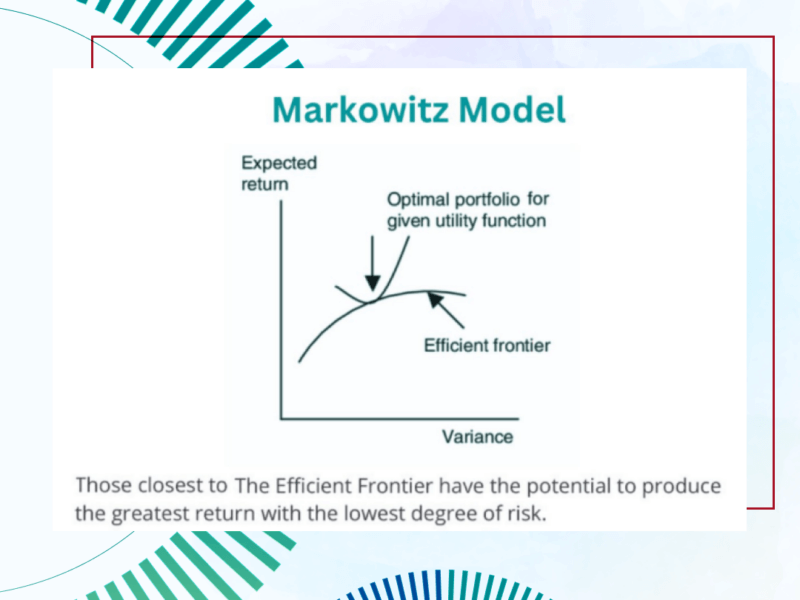In uncertain financial times, understanding market volatility is crucial. For experienced investors, fluctuations are not just hurdles; they are chances for growth. Let us explore how embracing volatility can be a strategic move:
1. Dollar-Cost Averaging (DCA):
– DCA involves investing a fixed amount at regular intervals (e.g., monthly);
– When prices are low, you buy more shares; when high, fewer shares;
– Over time, this averages out costs and reduces timing stress.
2. Low-Buy Opportunities:
– Volatility often undervalues solid stocks temporarily;
– Long-term investors can capitalize on these moments by buying quality assets at a discount.
3. Diversification as a Safety Net:
– Spread investments across stocks, ETFs, and other securities;
– Diversification minimizes the impact of poor performance in any single area.
4. Fixed Income Investments:
– Bonds provide stability during market turbulence;
– While returns may be lower than stocks, consistent income offers reassurance.
Rather than fearing market volatility, consider it an integral part of the investment landscape – one that can open new pathways to growth.
If you are uncertain about navigating volatility alone, seek guidance from financial advisors. Their expertise can help tailor a strategy aligned with your risk tolerance, financial goals, and investment timeline.
Risk Warning: The information in this article is presented for general information and shall be treated as a marketing communication only. This analysis is not a recommendation to sell or buy any instrument. Investing in financial instruments involves a high degree of risk and may not be suitable for all investors. Trading in financial instruments can result in both an increase and a decrease in capital. Please refer to our Risk Disclosure available on our web site for further information.



Great article and I enjoyed reading this information! Now I’m a little more aware of markets.😎
Honestly, if I would make up my investment portfolio I would add a lot of bonds for fixed income, probably 80% of the whole portfolio and the other 20% there would be stocks, ETFs and other securities. I’m kind of conservative person and don’t want to take high risk investments at all.
I wonder how you would make up your own portfolio?
I know that ISEC wm don’t overuse such risky instruments, like volatility. It doesn’t mean they cant, aTthe end everything depends on your risk profile. Still, for long-term, its for good.
THE strategies seem promising, need to see more in-depth and real-world example to be conviced!!